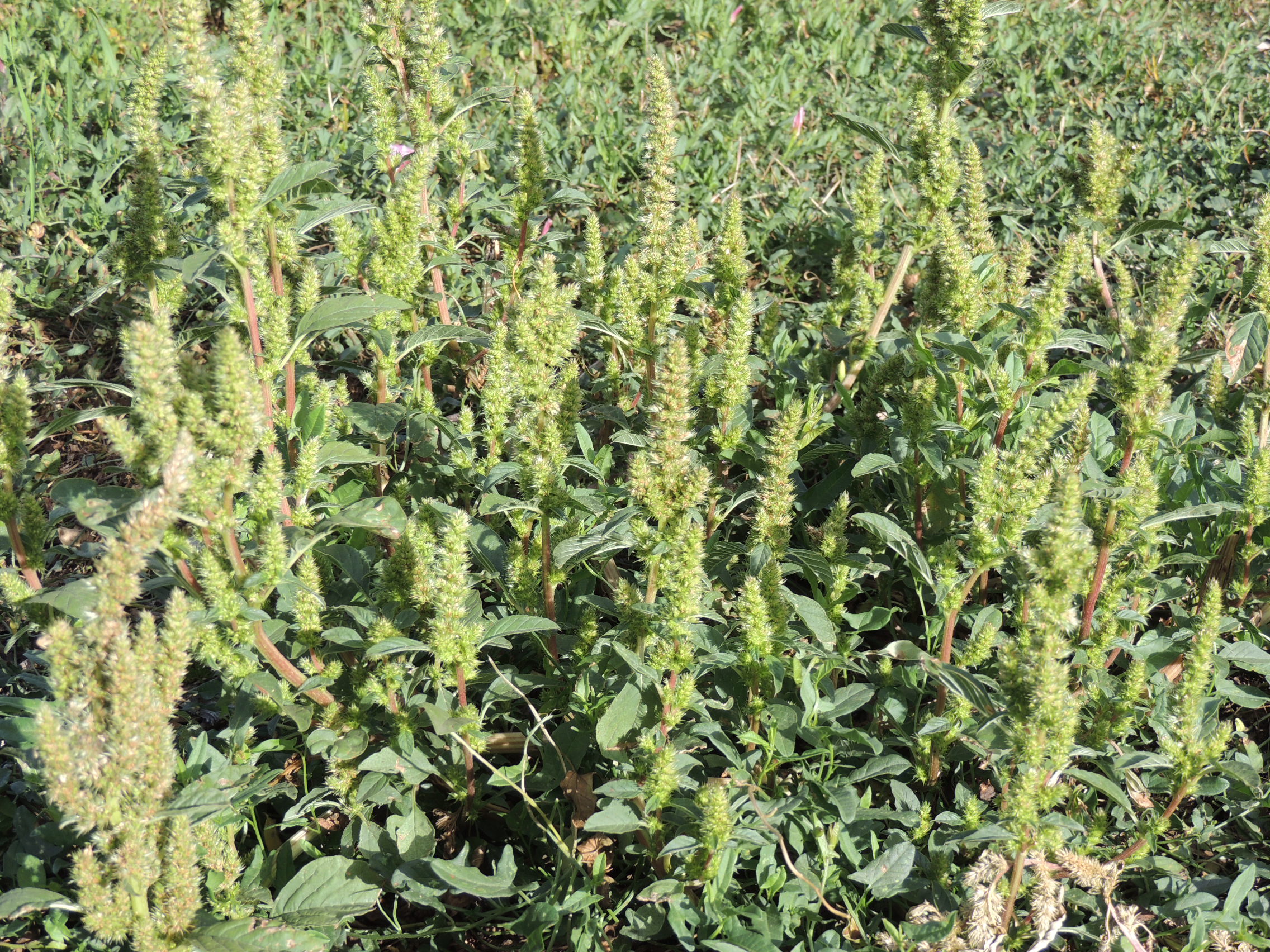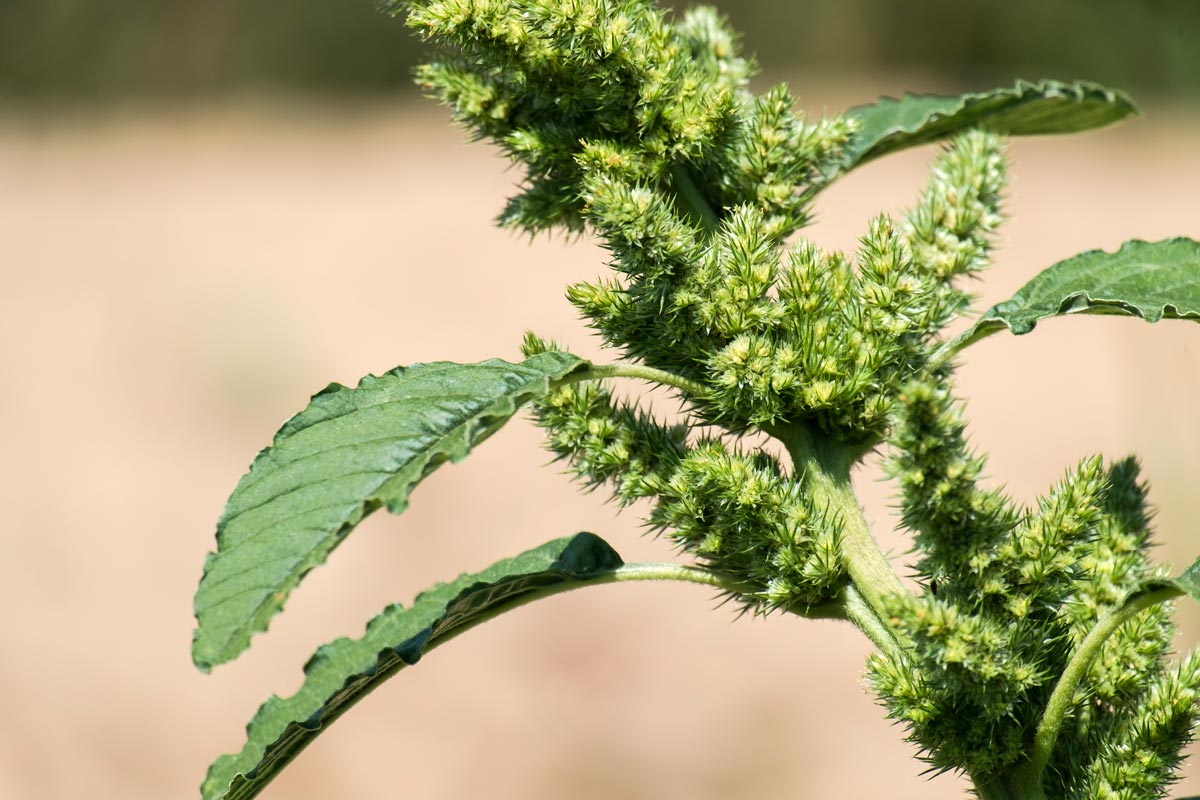Why You Should Never Let a Weed Go to Seed
Weeds in your garden are not only unsightly, they also are the source for more weeds to invade. Prevent new weeds from growing with Preen Weed Preventers.
Redroot pigweed is a plant that, depending on your point of view, is either a troublesome weed or a versatile food crop. Redroot pigweed is a widely and wildly growing member of the amaranth family, one of the world’s oldest grain crops.
All parts of the plant are edible (in small amounts and when not treated with herbicides), ranging from its young leaves that can be eaten raw to its seeds that can be ground into powder and used in soups and breads. Different parts of redroot pigweed also are food sources for birds, butterflies, moths, assorted insects, and some small mammals.
The plant apparently got its name either because it was commonly fed to pigs or because it commonly popped up in pastures where pigs were feeding. To gardeners and farmers, though, redroot pigweed is one of the most common weeds, growing worldwide in most any sunny spot from tilled soil to undisturbed meadows, fields, and gravelly roadsides.

Redroot pigweed (Amaranthus retroflexus) in a field. Photo courtesy XID Services.
Redroot pigweed (Amaranthus retroflexus) is a widespread weed that’s sometimes called “redroot amaranth” or “pigweed amaranth.” Believed to be native to central and eastern North America, redroot pigweed’s ample seeding ability has allowed it to take root throughout most of the planet.
Plants typically grow in the two- to four-foot-tall range, although they can be shorter and stockier after a weed-whacking or as tall as six feet when left alone in an ideal spot. Side shoots sprout from around the plant’s multiple stems, making it dense and somewhat “bushy.” Greenish-white, cone-shaped flowers emerge in summer from the leafy clusters. The leaves are green and diamond-shaped lower on the plant but more lance-shaped toward the top. The most defining ID trait, though, is that the lower main stem of a pigweed plant is often red-tinted – the reason for the “redroot” in the name.
Redroot pigweed is a summer annual, meaning it completes its entire life cycle in a single season. Seeds usually begin sprouting in late spring to early summer, leading to the flowers in July through late summer. New plants can continue to sprout throughout the summer, especially when the soil is disturbed enough to stir buried pigweed seeds closer to the surface light and warmth.
Small black seeds ripen and drop from August through October, setting the stage for future outbreaks. Estimates range from 10,000 to 30,000 seeds per plant. Each year’s plants die at season’s end.

Redroot pigweed seedling. emilio100 / iStock / Getty Images Plus
Because of the many seeds that even a single pigweed plant can drop, pigweed populations can grow quickly. And since buried seeds can stay dormant in the soil for at least 30 to 40 years, new plants can continue to pop up even when ensuing plants are eliminated before they develop a new generation of seeds.
Stopping new plants ASAP does help, however. Hoeing or digging pigweed plants before they flower is a good first line of defense. Pigweed is also susceptible to many weed killers, so spraying is another option. Check product labels for usage directions and to make sure redroot pigweed is listed.

Redroot pigweed flowers and leaves. Lastovetskiy / iStock / Getty Images Plus
Since redroot pigweed is an annual, control is possible by focusing on stopping the germination of new seed each year.
Not disturbing the soil is one strategy. The less you till or dig, the fewer buried pigweed seeds will be brought to the surface. Then it’s a matter of stopping whatever seeds are already at or near the surface.
Covering as much bare soil as possible is another defensive strategy. Densely planting desired plants or applying a layer of mulch limits light and growing space for new pigweed plants.
A third line of defense is applying granular weed preventers each spring.
In landscape beds, both Preen Garden Weed Preventer and Preen Extended Control Weed Preventer are labeled for pigweed control. Both can be applied around hundreds of existing landscape plants. (The labels list plant-by-plant specifics.)
Spring and summer applications of Preen Garden Weed Preventer – applied three months apart – are effective at controlling pigweed, while Preen Extended Control Weed Preventer can be applied once in spring for up to six months of pigweed prevention.
Preen Mulch with Extended Control Weed Preventer is a two-action bagged product that combines wood mulch with a pigweed preventer.
And in edible gardens, Preen Natural Weed Prevention uses corn gluten meal to prevent pigweed in gardens where plants are up and growing.